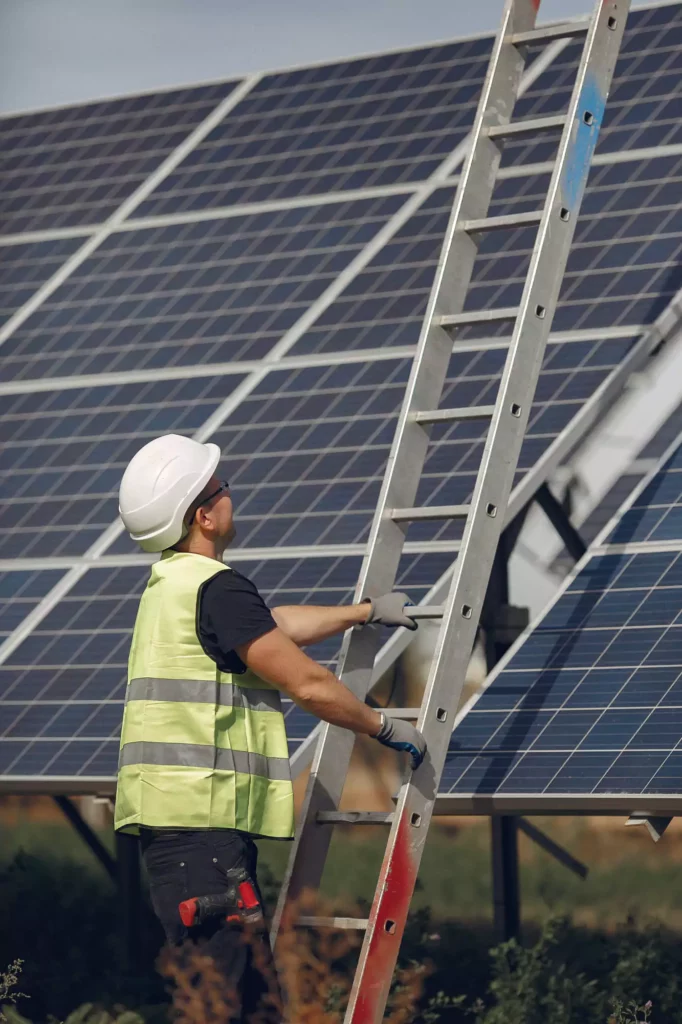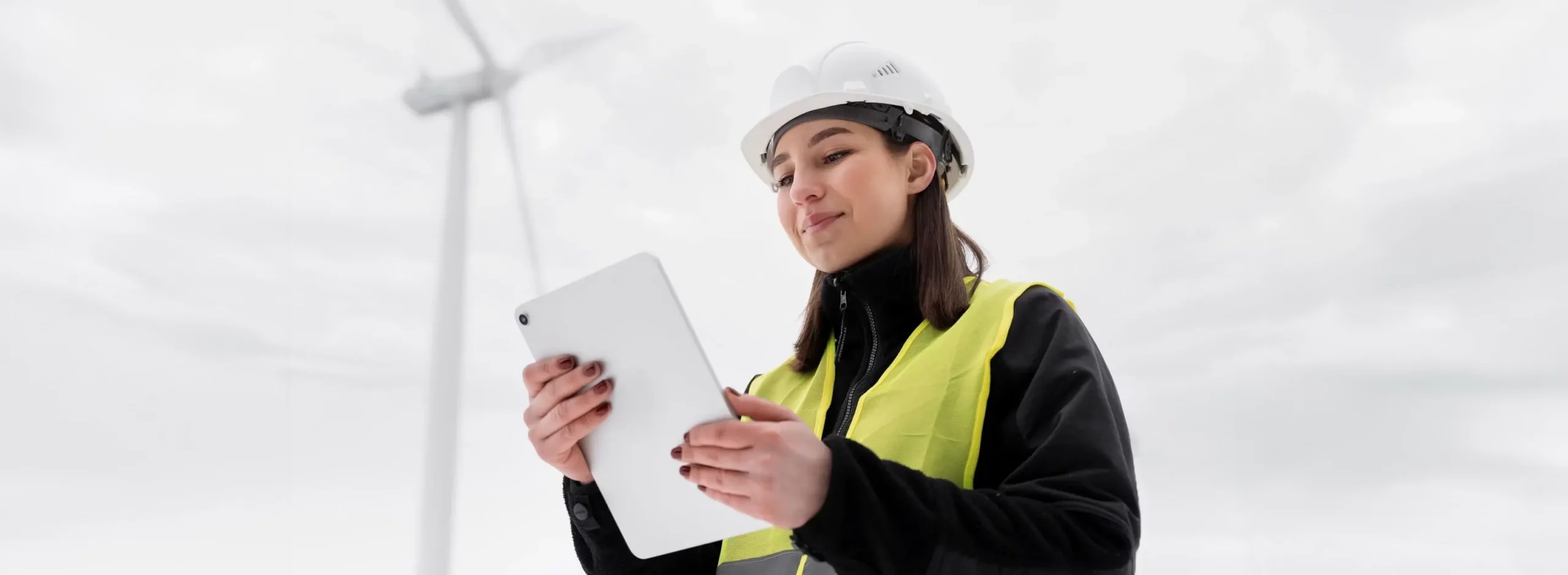What are the benefits of the Realtime interface?
The RTI is a response to the challenges posed by the growing integration of renewable energy sources into the grid, which has increased the unpredictability and complexity of managing the grid. One of the main challenge observed is grid congestion: the demand for electricity transmission exceeds the grid’s capacity.
If you observe the Capacity Map made available by Netbeheer Nederland, you can see that the majority of the country is colored orange or red, signifying that there is no transport capacity available. By consequence: in some regions, Distribution System Operators (DSOs) are now directly placing any new or upgraded grid connection requests on a waiting list.
However, by mandating a RTI, the grid operator can get insight into and control over energy flows and connections. Because the grid operator now has an ’emergency brake’, he can release the reserve capacity on the grid earlier. This creates more connection capacity.
It is also the case the other way around. If there is less capacity on the grid than expected, the grid operator can send the signal that the installation may supply more power than previously agreed.
Current grid connections of generating installations are often limited to fifty or seventy percent of the peak power. The RTI therefore not only serves as an emergency brake, but also as an extra green light.
 Dutch
Dutch


 Why is Netbeheer Nederland introducing the Realtime Interface?
Why is Netbeheer Nederland introducing the Realtime Interface? What functionalities should the RTI have?
What functionalities should the RTI have? What does a customer endpoint consist of?
What does a customer endpoint consist of? Who is responsible for the RTI?
Who is responsible for the RTI? Who pays for the RTI?
Who pays for the RTI? May the customer endpoint be accessible via the Internet?
May the customer endpoint be accessible via the Internet?